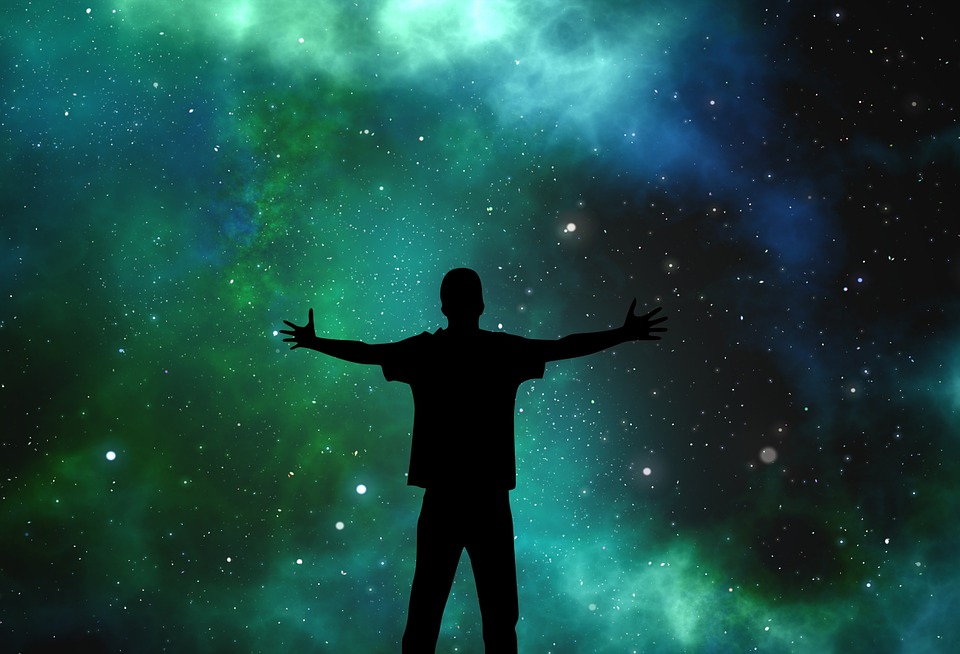gamma rays
-

The Starlight We Can’t See
Find yourself a dark, unpolluted night sky on a clear night free of clouds, and you are very likely to look up into the heavens and see a sight quite like this. It’s what we see of the Milky Way,…
-

Energy Flow from the Sun’s Core
Ask any climate scientist how we should power our world without fossil fuels, and they’re bound to tell you about wind and solar power. You might be surprised to know that both of these come from the sun. Solar panels…
-

The Proton-Proton Chain
Take a wild guess: how much energy do you think the sun generates? Think about it. It definitely generates enough energy to power a world. Humans depend on the photosynthesis of plants, which converts sunlight into energy. And that’s not…
-

Infrared & High-Energy Astronomy
You probably recognize this image. You see something like it whenever you look up at the sky. Some days are clearer than others — some, you might even see a completely blue sky — but regardless, you know that this…

